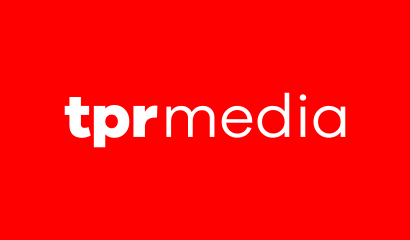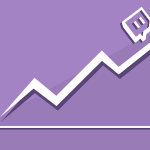Where Is Twitter Heading?
Twitter is a brilliant example of the power of the internet. The social network was founded on the premise of brevity and was popularised by its chic 140 character limit. It launched the hashtag and built a stronghold in the mainstream media landscape. People once tweeted about news stories, but tweets are now news stories and what’s trending on twitter is a glimpse at the zeitgeist. However the network has issues. Twitter is jam-packed with trolls and bots which harass, spam and inflate follower counts.
Despite its issues, Twitter is as popular as ever. Celebrities, athletes and political leaders gravitate towards the social network for its incredible reach. Donald Trump cannot stay off the platform for longer than a day. I could write a dozen articles about the in-and-outs of the social network, but it seems to be suffering from its own fundamental design.
Many high-profile people have abandoned it thought because people can too easily reach them as well. The series Celebrities Read Mean Tweets shows how easy it is for rampant trolls to send hateful messages to other users. While Facebook and similar social networks require confirmation before messages can be sent to one another, Twitter doesn’t. Reporting behaviour is possible, but until recently Twitter only required a new email address to sign-up again. The platform is rife with abuse. Women are harassed, insulted or threatened every 30 seconds on Twitter. Twitter last year started implementing measures to improve discourse on the platform to combat this. However its new policies hinder what made Twitter so attractive in its early days: anonymity and accessibility. Upon signing up, could send tweets to anyone straight away, but unfortunately not all people are well intentioned.
Another glaring issue on the platform is the prevalence of bots. These non-human profiles, with stolen names and photos, follow other users and tweet in an automated fashion. According to studies from the University of Southern California and Indiana University 15% of Twitter profiles may be fake. This would be a staggering forty-eight million accounts are not real. Influencers purchase bots to appear more popular, but more nefariously, they are used to spread misinformation and disinformation. The role bots had in the 2016 U.S. federal election which saw Trump elected is a saga within itself. It demonstrates how tweets can distort public debate. Twitter is now purging millions of accounts from their network to help its discourse, but also slashes at their daily active user figures.
Last month Twitter’s share price dropped by 10% after it announced in its 2018 financial report its expenses would rise by 20%. The team behind Twitter are still toiling away at its most prominent features to mitigate issues, rather than innovate. The social network boasts three hundred and twenty-six million monthly users, but only had its first profitable quarter in 2017 after twelve years. Since then Twitter has been consistently turning a profit, yet onlookers are concerned.
Whether or not Twitter will be able to take advantage of its recent upturn is uncertain. The network is a stellar example of how an accessible tool can influence the world in the right hands, but Twitter’s greatest assets are also its biggest flaws too.
If you’d like to read more about the internet, technology and marketing, sign up to our monthly newsletter Red Alert which rounds up all our blog posts for you and puts them neatly in your inbox.
[mc4wp_form id=”1250″]








